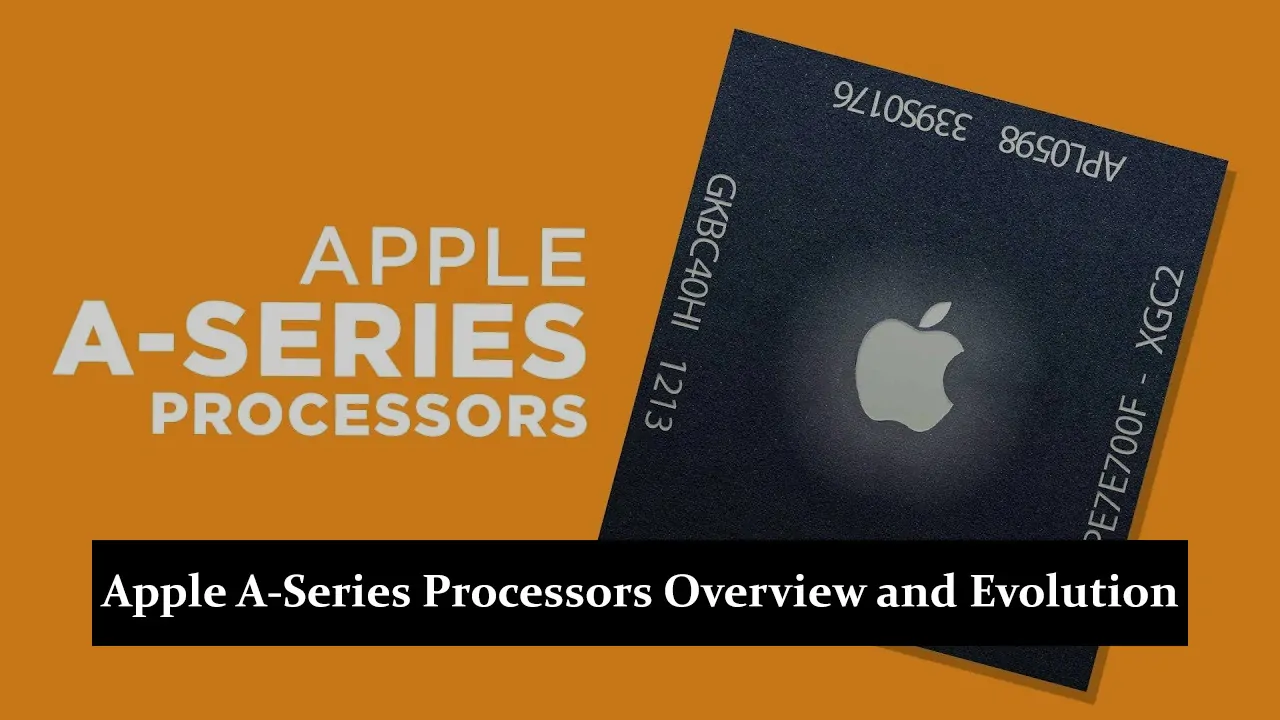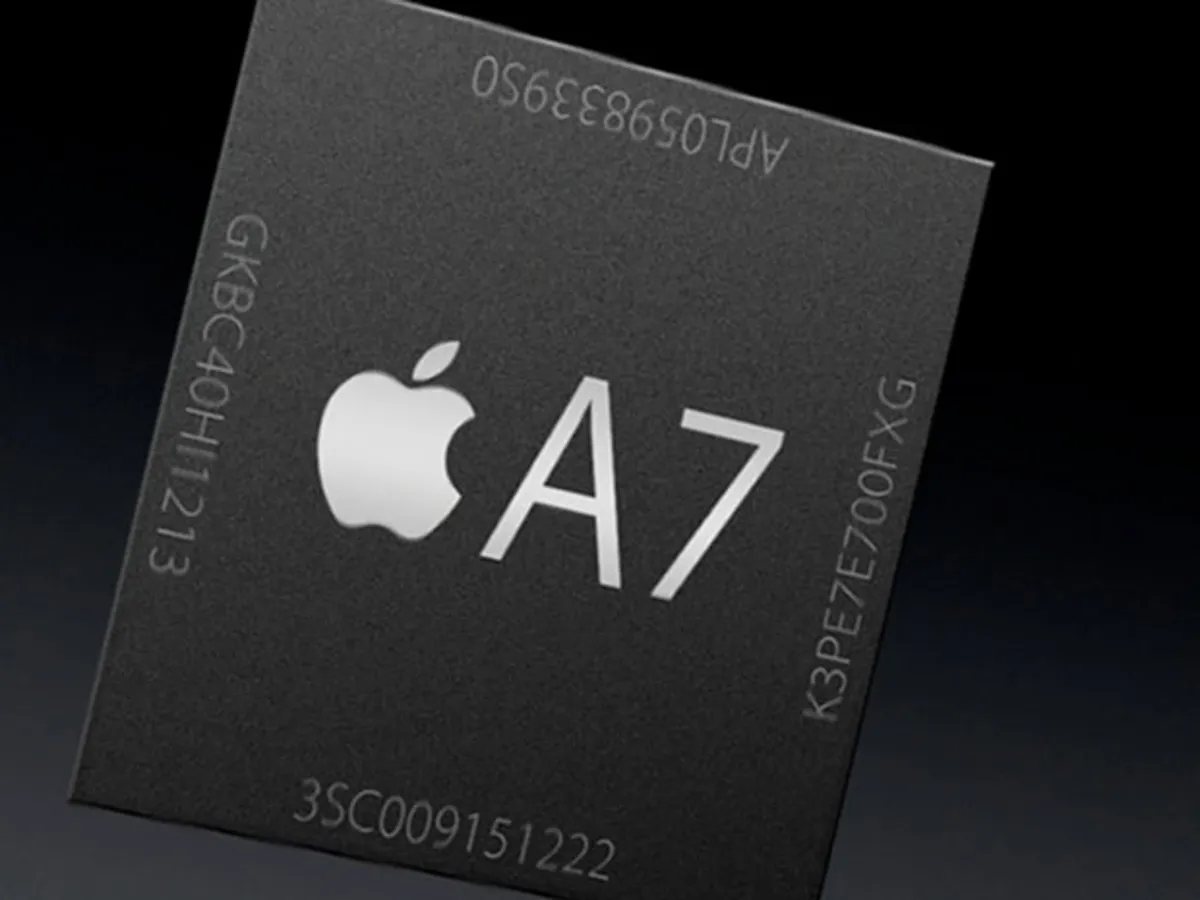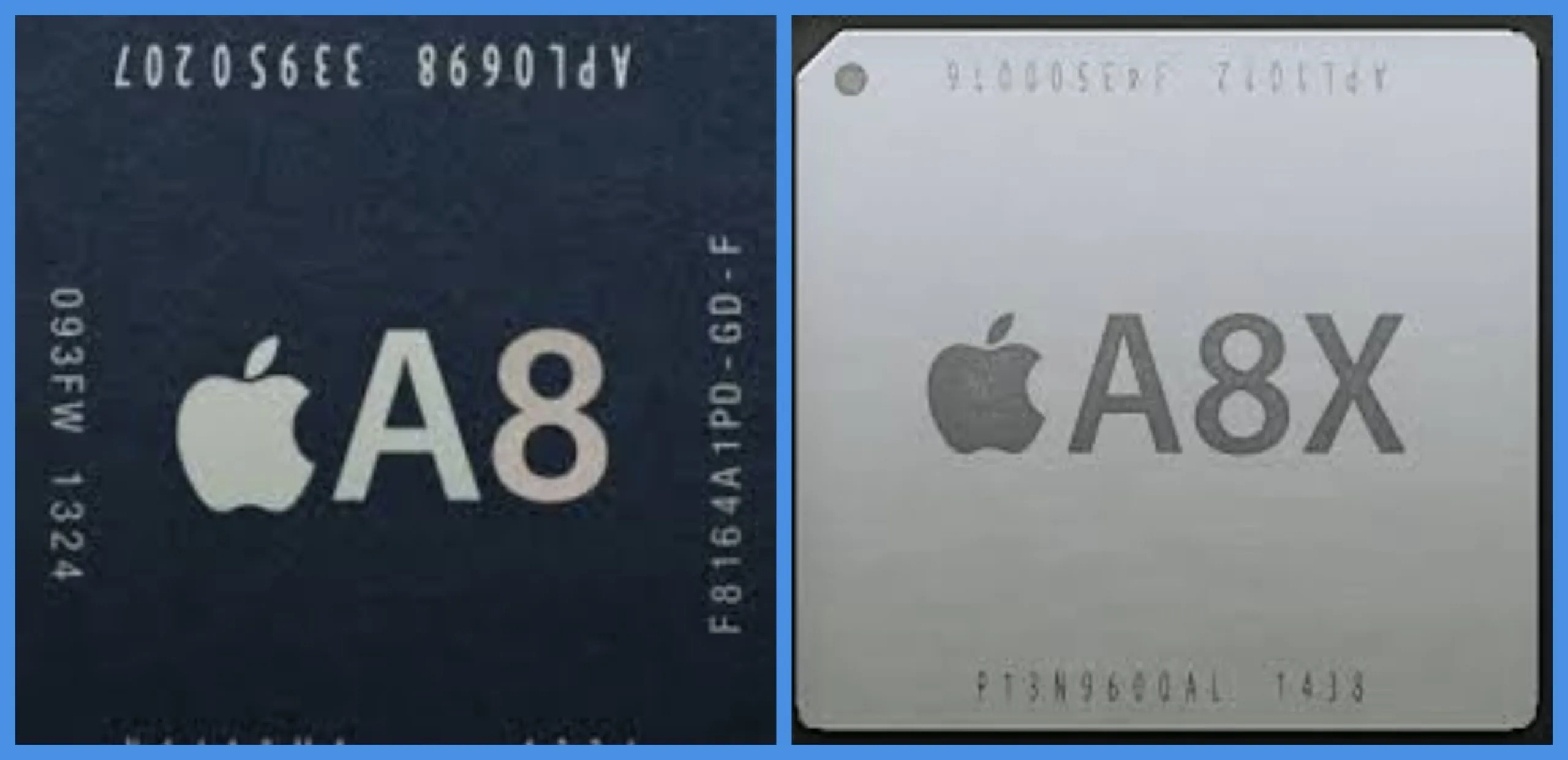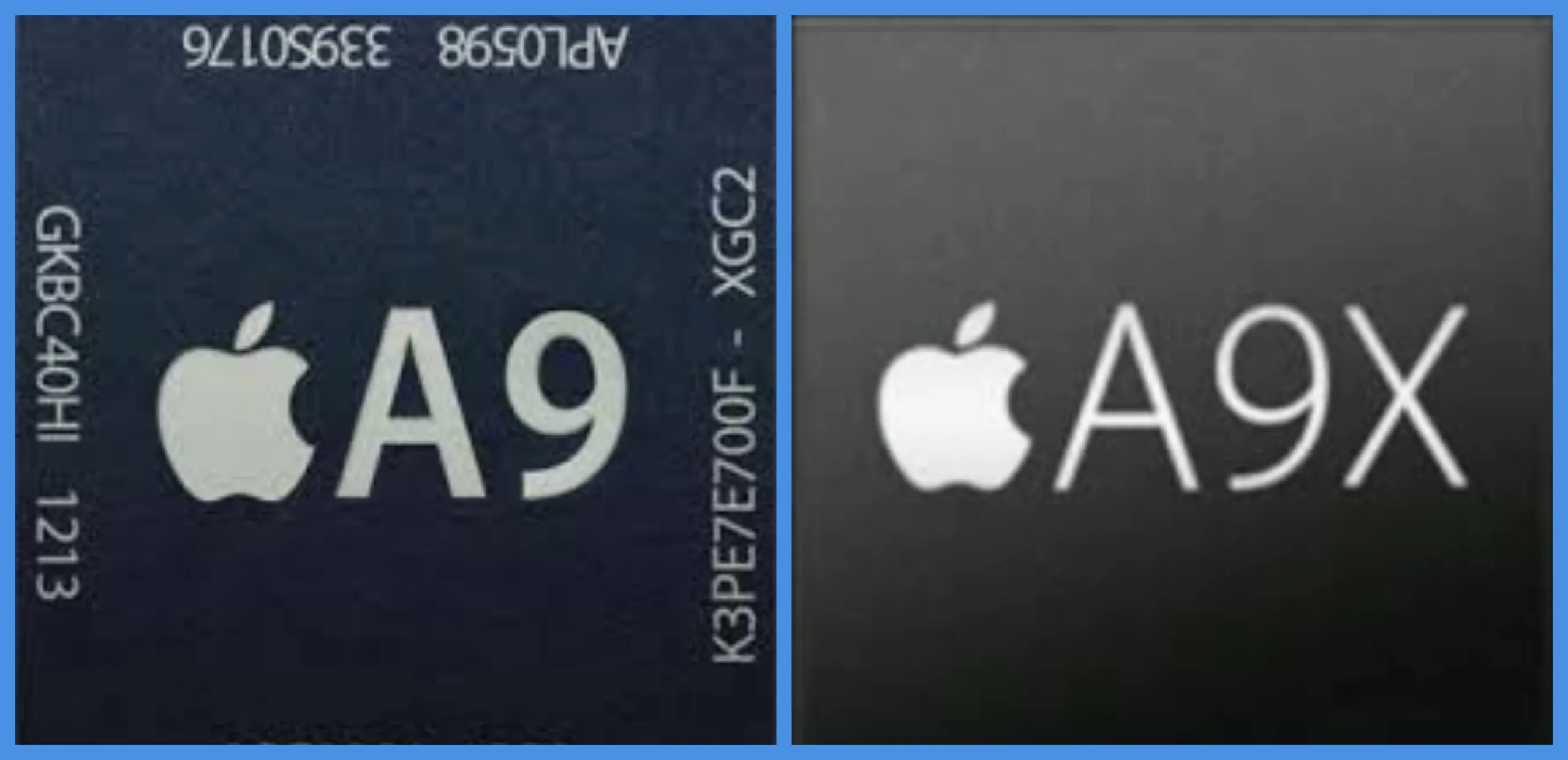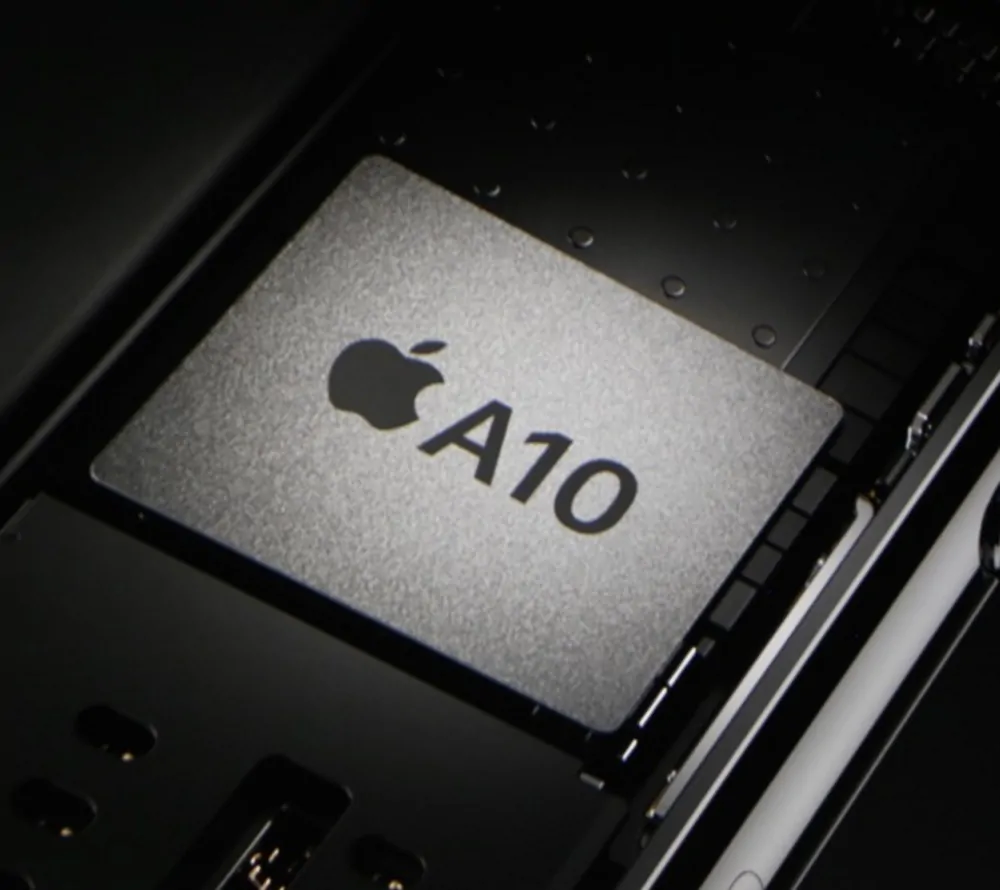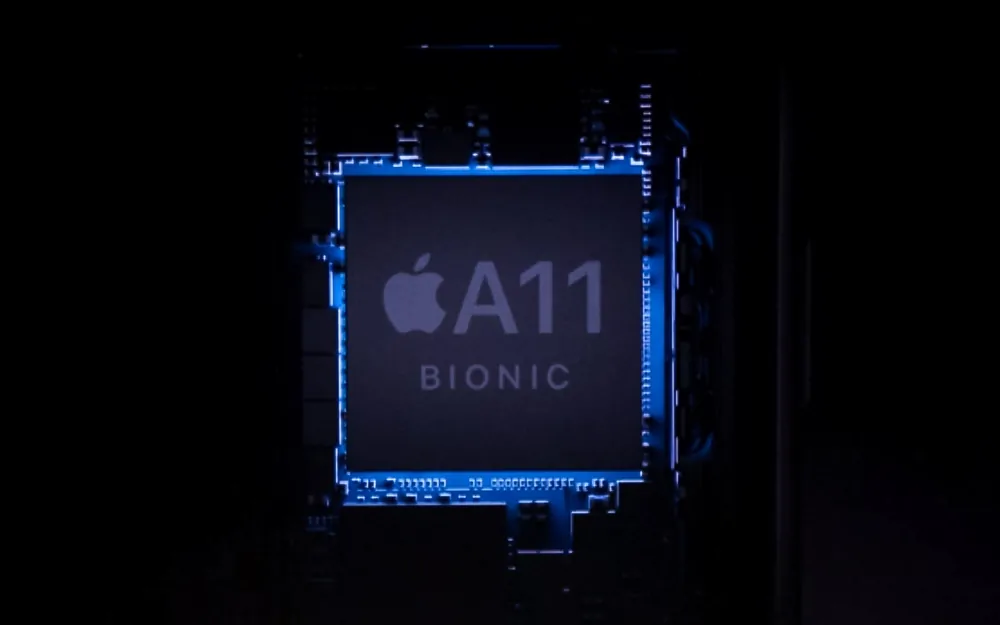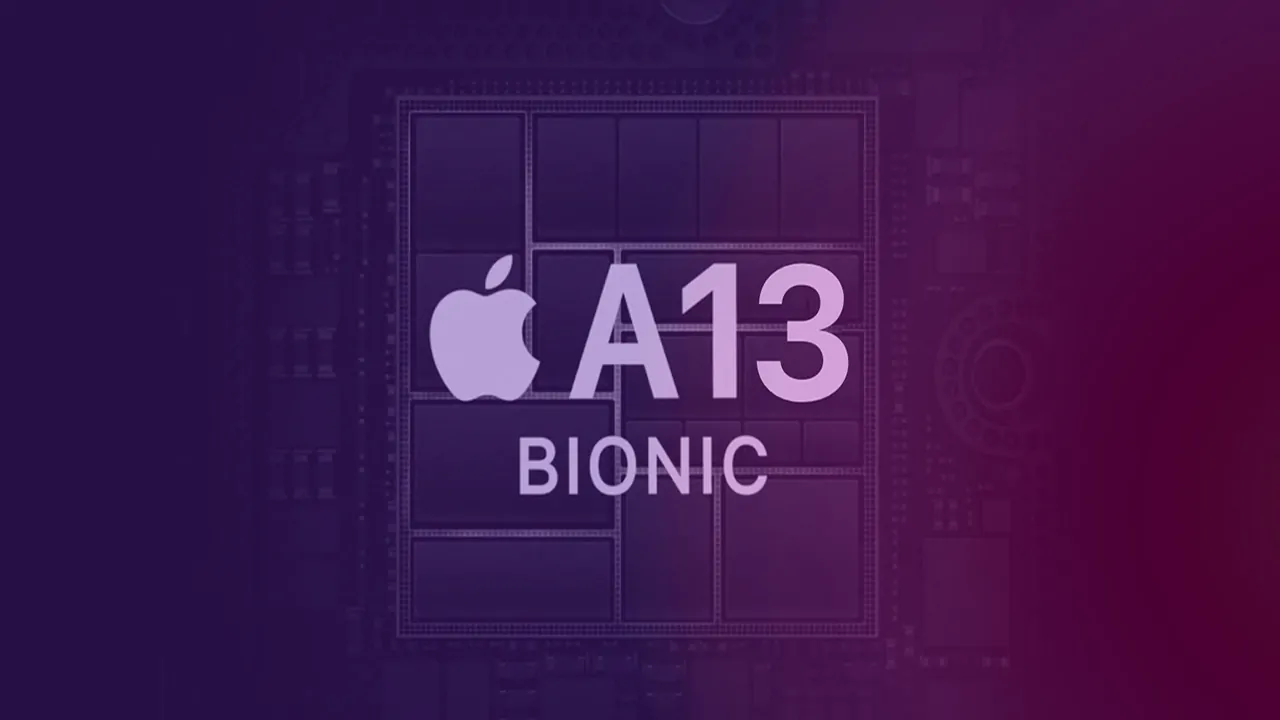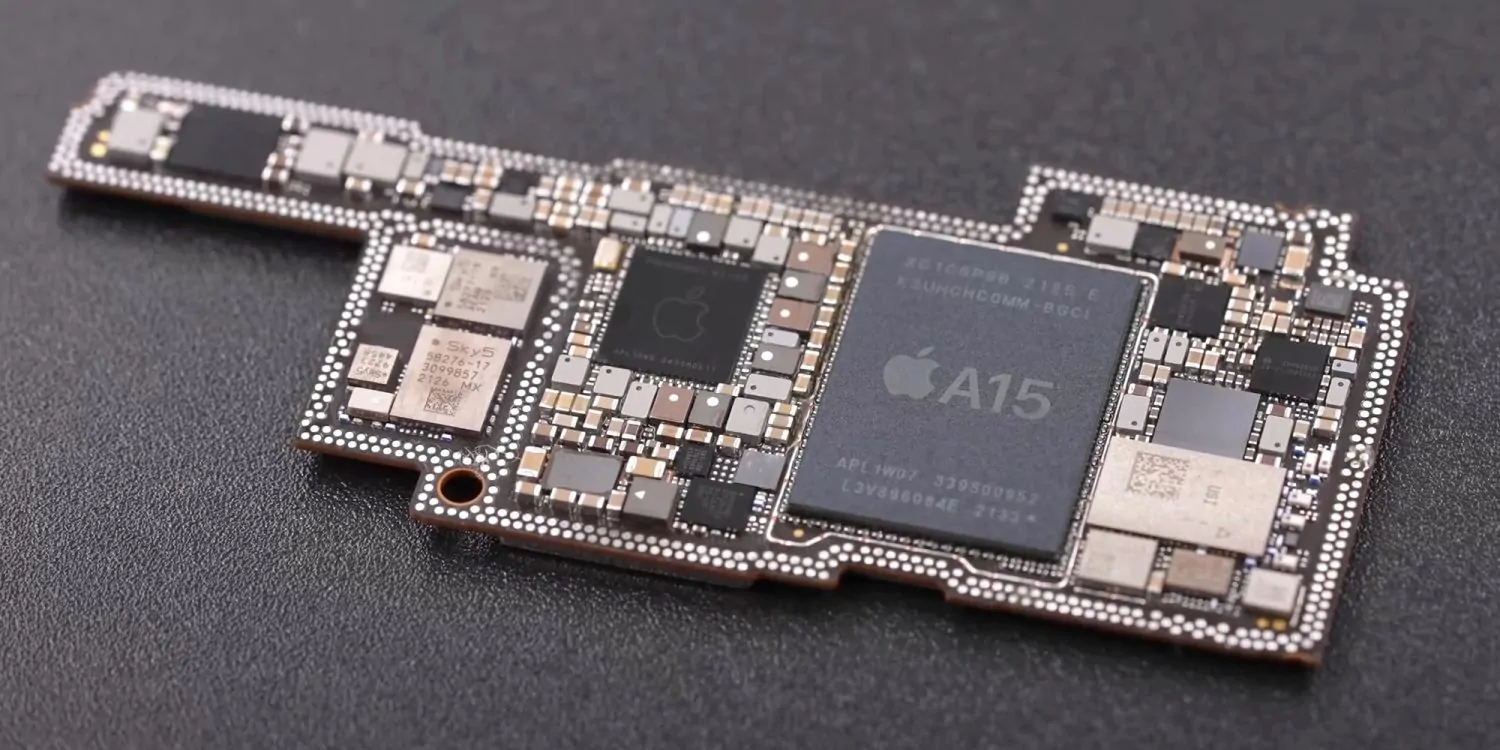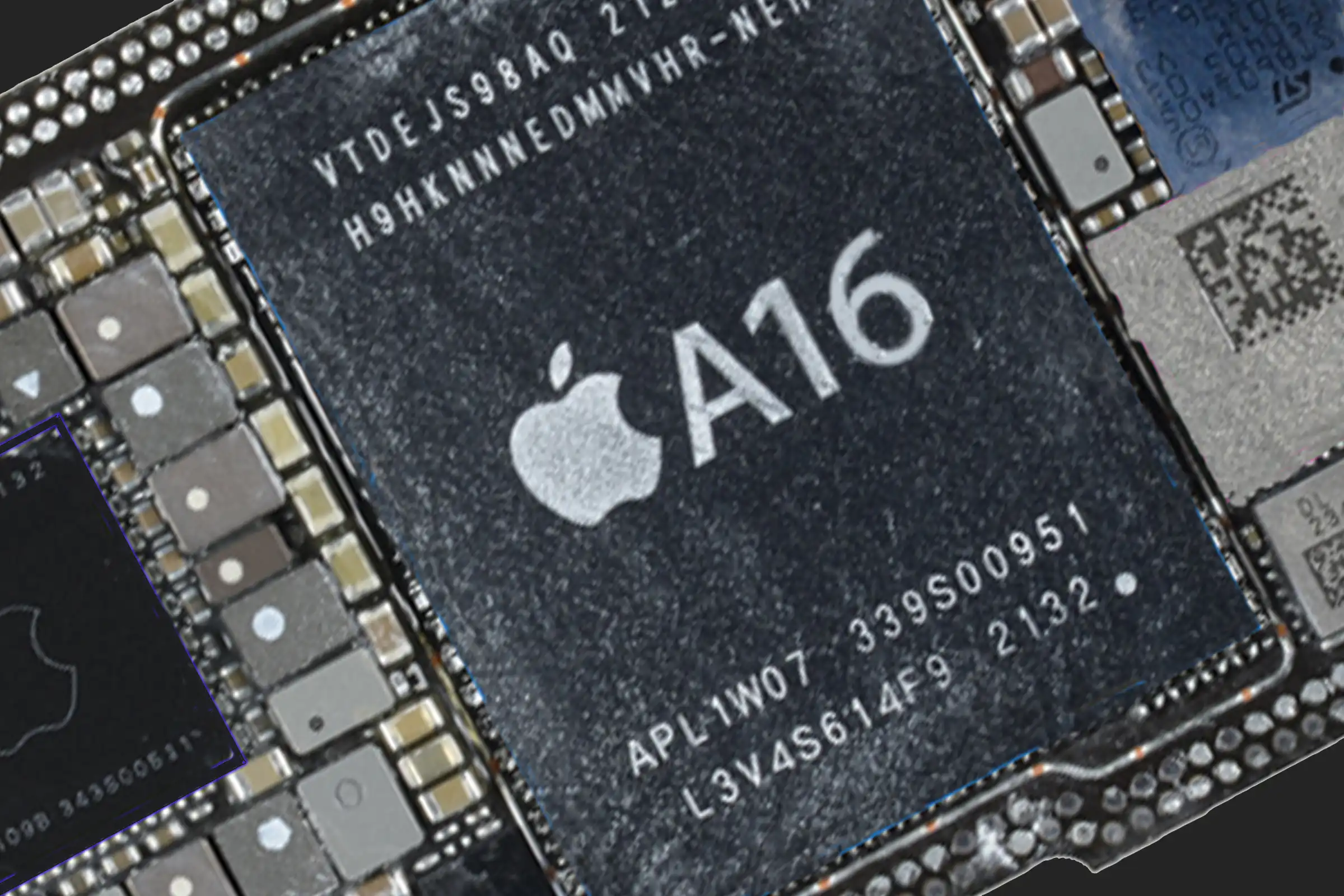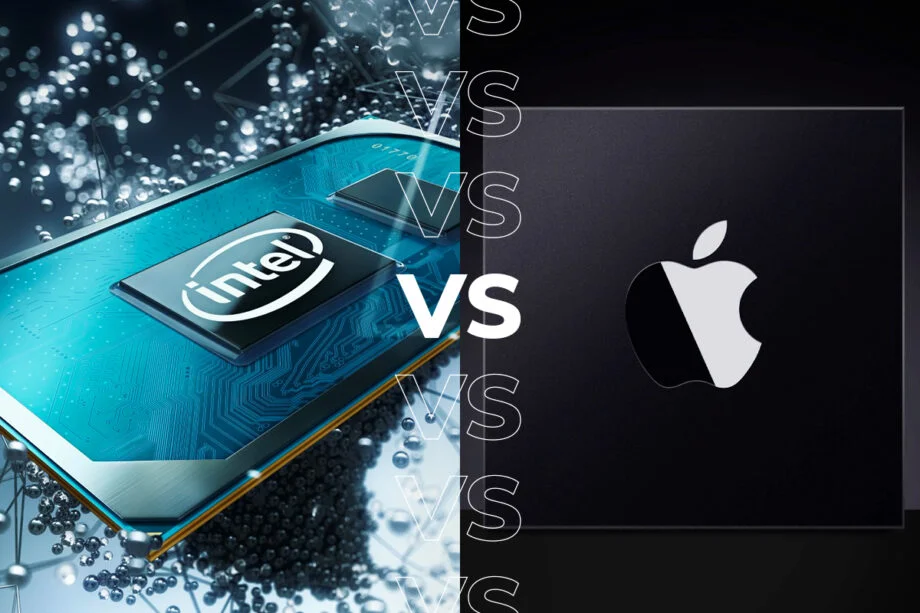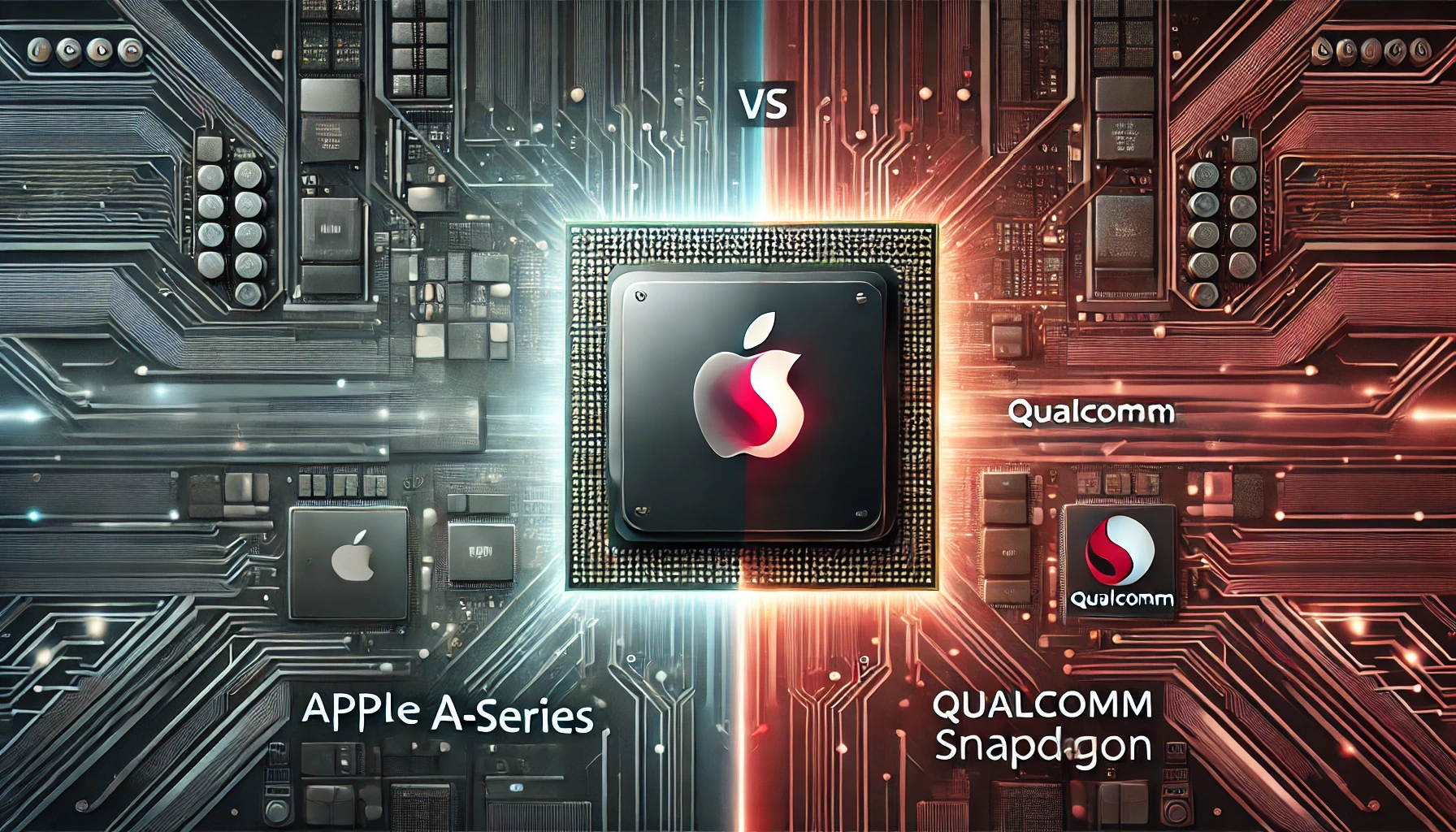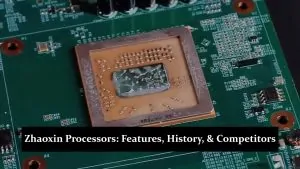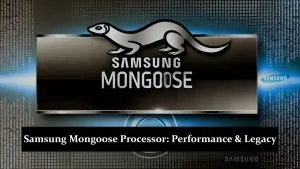Apple’s A-Series processors are custom-designed chips that power iPhones, iPads, and other Apple devices, offering exceptional performance and efficiency. First introduced in 2010 with the A4 chip, the A-Series has played a critical role in shaping the evolution of Apple devices, enabling smoother user experiences and pushing the boundaries of mobile technology. These processors integrate CPU, GPU, and neural engines for advanced machine learning tasks, contributing to Apple’s competitive edge. The latest in the series, the A17 Pro, continues to set speed, graphics, and battery efficiency benchmarks.
Breakdown of the A-Series Versions
Apple A4 (2010)
Released in June 2010 with the iPhone 4, the A4 was Apple’s first custom-designed chip. Based on ARM Cortex-A8 architecture, it offered improved energy efficiency and better control over hardware-software integration. The A4 significantly boosted the performance and battery life of Apple devices. It debuted in the original iPad in April 2010, setting the stage for Apple’s processor innovation.
Apple A5 & Apple A5X (2011-2012)
The A5 was released in October 2011 with the iPhone 4s and iPad 2. It features a dual-core CPU with twice the processing power of the A4. The A5X, released in March 2012 with the third-generation iPad, introduced quad-core graphics processing, making it ideal for multimedia and gaming. Both chips focused on improving energy efficiency, extending battery life while enhancing performance.
Apple A6 & Apple A6X (2012)
The A6 was launched in September 2012 with the iPhone 5, while the A6X came out in October 2012 with the iPad 4. These chips featured Apple’s first ARMv7 custom cores, delivering up to twice their predecessor’s speed and graphics performance. The A6X was designed for the iPad, enhancing its graphics for a better multimedia experience.
Apple A7 (2013)
Released in September 2013 with the iPhone 5s, the A7 was the first 64-bit processor in a smartphone. This groundbreaking chip provided desktop-class performance and enabled more complex apps and software. The A7 also introduced enhanced security features, such as support for the Touch ID fingerprint sensor and improved energy efficiency while boosting speed.
Apple A8 & Apple A8X (2014)
The Apple A8 debuted in September 2014 with the iPhone 6 and 6 Plus, delivering 25% faster CPU performance and 50% better graphics than the A7. The A8X, released in October 2014 with the iPad Air 2, featured a 40% faster CPU and 2.5 times better graphics performance. Both chips were designed to maximise energy efficiency, improving battery life without sacrificing speed.
Apple A9 & Apple A9X (2015)
The A9, launched in September 2015 with the iPhone 6s and Apple SE, introduced faster speeds and better graphics for high-performance tasks. The A9X, released in November 2015 with the iPad Pro, delivered desktop-class performance for demanding applications. The A9 also featured the integrated M9 motion coprocessor, enabling constant fitness tracking without affecting battery life.
Apple A10 Fusion (2016)
Released in September 2016 with the iPhone 7, the A10 Fusion was Apple’s first quad-core processor, combining two high-performance and high-efficiency cores. This allowed the device to switch between tasks intelligently, conserving battery life while delivering high performance. The A10 Fusion also supported 4K video recording and improved graphics for gaming and media-heavy applications.
Apple A11 Bionic (2017)
Launched in September 2017 with the iPhone 8 and iPhone X, the A11 Bionic introduced Apple’s Neural Engine for AI and machine learning tasks. It featured six cores—two for high performance and four for efficiency—allowing the device to handle intensive tasks while conserving energy. The Apple A11 also enabled features like Face ID and advanced augmented reality (AR) experiences.
Apple A12 Bionic & Apple A12X (2018)
The A12 Bionic, released in September 2018 with the iPhone XS, was Apple’s first 7nm chip, delivering 15% faster performance and 50% lower power consumption than the A11. The A12X, introduced in October 2018 with the iPad Pro, provided more power for multitasking and graphics-heavy tasks. Both chips excelled in energy efficiency and supported advanced AI, AR, and machine learning capabilities.
Apple A13 Bionic (2019)
Launched in September 2019 with the iPhone 11 series, the A13 Bionic focused on machine learning performance, with up to 6 times faster AI processing than the A12. It featured an 8-core Neural Engine and improved GPU, ideal for gaming, photography, and video editing while maintaining energy efficiency for longer battery life.
Apple A14 Bionic (2020)
The A14 Bionic debuted in October 2020 with the iPhone 12 series as the first 5nm chip used in a smartphone. It delivered a 16% performance increase over the A13, featuring a 6-core CPU, 4-core GPU, and 16-core Neural Engine. This chip improved AI, machine learning, and energy efficiency, supporting demanding tasks like 4K video editing and gaming.
Apple A15 Bionic (2021)
Released in September 2021 with the iPhone 13 series, the A15 Bionic featured more efficiency cores and better GPU performance, offering up to 50% faster graphics than other smartphones. Its 16-core Neural Engine allowed for faster machine learning, enhancing computational photography and AR capabilities while optimising battery life for gaming and media use.
Apple A16 Bionic (2022)
The A16 Bionic, launched in September 2022 with the iPhone 14 series, continued Apple’s focus on energy efficiency with its 5nm+ architecture. It improved AI performance, enabling real-time photo and video enhancements and better machine learning tasks. The A16 also improved battery life and processing power, pushing the limits of mobile performance for gaming, photography, and AR experiences.
Key Features of Apple A-Series Processors
Performance
Apple’s A-Series processors are renowned for their high performance and efficiency. Each generation has consistently improved in handling intensive tasks, balancing speed and energy consumption. With advancements in core architecture, these chips offer smooth multitasking, fast app loading times, and better overall user experience without sacrificing battery life.
Neural Engine
The Neural Engine, introduced with the A11 Bionic, is crucial in AI and machine learning tasks. It powers features like Face ID, augmented reality (AR), and advanced photography. The Neural Engine handles billions of operations per second, allowing real-time processing of tasks that rely on artificial intelligence, from image recognition to natural language processing.
Graphics Processing Unit (GPU)
Each A-Series chip has a powerful GPU for high-quality gaming and media experiences. The GPUs in these processors enhance graphic rendering, making them ideal for graphically intensive tasks such as 3D games and video editing. The GPU improvements also contribute to smoother animations, faster frame rates, and better video playback.
Image Signal Processor (ISP)
The ISP in Apple’s A-Series processors significantly improves camera and video processing. It enhances image quality by supporting features like Smart HDR, Night Mode, and Deep Fusion. The ISP ensures better low-light performance, sharper images, and enhanced video recording capabilities, including 4K video with smoother transitions and improved focus.
Security Features
Apple integrates the Secure Enclave into its A-Series processors, providing a separate hardware-based security system. This feature ensures that sensitive data, such as fingerprint information (Touch ID) and face data (Face ID), is securely encrypted and processed. The Secure Enclave adds an extra layer of privacy and security, making Apple devices highly secure against unauthorised access.
A-Series vs Other Processors
A-Series vs Intel
Apple’s A-Series processors have outperformed Intel chips in many key areas, particularly regarding power efficiency and integration with mobile phones. While Intel processors, historically used in Macs, offer robust performance for desktop and laptop tasks, the A-Series chips are specifically designed for mobile phones, focusing on battery life and efficient processing. With the introduction of Apple Silicon (M1), which shares architecture with the A-Series, Apple has demonstrated that its custom chips can rival or exceed Intel in speed, thermal efficiency, and overall user experience, particularly in mobile applications.
A-Series vs Qualcomm Snapdragon
Apple’s A-Series processors generally have an edge over Qualcomm’s Snapdragon chips regarding raw performance and seamless hardware-software integration. While Snapdragon processors are widely used in Android devices and are known for their strong performance in multi-core tasks and connectivity features like 5G, the A-Series offers superior single-core performance and better optimisation within the Apple ecosystem.
Apple’s custom design ensures that the A-Series works seamlessly with iOS, allowing faster app loading times, better multitasking, and more efficient power management than Snapdragon’s Android approach.
A-Series vs NVIDIA Tegra Processor
The NVIDIA Tegra processors are known for their graphic performance, particularly in gaming consoles like the Nintendo Switch. While Tegra excels in graphics and parallel processing, Apple’s A-Series processors better balance CPU, GPU, and AI capabilities. The A-Series chips are designed to optimise performance across various tasks, from gaming to machine learning, while maintaining energy efficiency. NVIDIA Tegra may lead in specific gaming applications. Still, Apple’s A-Series processors deliver a more versatile and balanced performance across various tasks, including superior battery life and system integration for devices.
Challenges Faced by A-Series Processors
- Heat dissipation and thermal management issues:
Heat dissipation becomes critical as Apple pushes the A-Series processor’s performance limits. Higher-performance cores generate more heat, making thermal management essential to prevent overheating, affecting device longevity and performance. - Competition with ARM-based processors:
The A-Series processors face strong competition from other ARM-based processors, especially from manufacturers like Qualcomm and Samsung. These competitors constantly innovate and improve their chips, creating pressure on Apple to stay ahead in performance and energy efficiency. - Balancing power efficiency with performance:
One of the biggest challenges for the A-Series processors is finding the right balance between delivering high performance and maintaining power efficiency. Optimising performance and battery life becomes difficult as mobile phones require more processing power for advanced features like AI, AR, and high-quality graphics.
Conclusion
The A-Series processors have become a cornerstone of Apple’s ecosystem, providing unmatched performance, power efficiency, and seamless device integration. From the first A4 chip to the latest versions, these processors have continually pushed the boundaries of mobile technology, enhancing everything from user experience to AI capabilities.
As we look to the future, expectations for the A-Series include further advancements in energy efficiency, AI performance, graphics, and more sophisticated features tailored to evolving user demands. Apple’s commitment to innovation ensures that future versions will continue to lead in mobile processing power.
